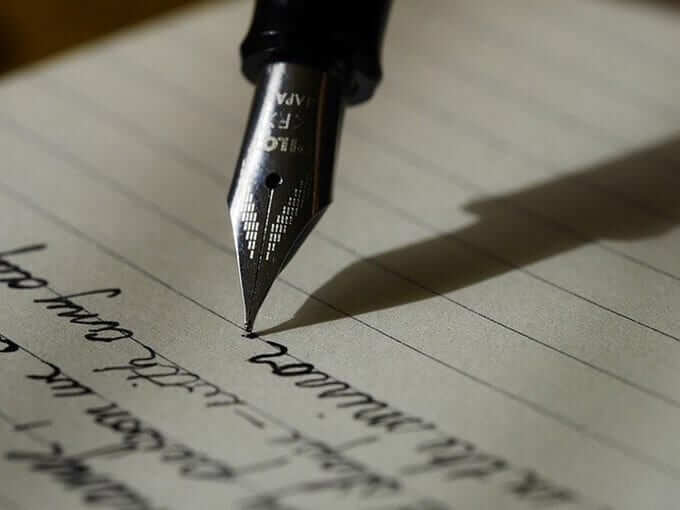The Origin of the Classic Valentine Candy
People celebrate Valentine’s Day in different ways. Whether you’re into roses or prefer protesting the mushy holiday by wearing purple, there’s no right or wrong way to spend February 14th. Some prefers the classic “conversation hearts” to share a sweet treat (and message) with friends and loved ones.
Also known as “Sweethearts” or “Love Hearts,” these cute candies are super popular for Valentine’s Day, right after chocolates. In North America, they used to be made by Necco until 2018, when Spangler Candy Company took over (they also make Dum-Dums, Candy Canes, and Canada Mints). But let’s go back a bit.
The whole conversation hearts thing started in a pharmacy. Back in 1847, Oliver R. Chase made a machine to cut medicine faster at his Apothecary. When they switched out the medicinal stuff for sugar and flavoring, they got the first candy-making machine. Those round sugar discs became the original Necco wafers, still around today! Then Oliver’s brother, Daniel Chase, added a machine to stamp red dye on the discs, putting messages on the candy. By 1901, these turned into the conversation hearts we have now: heart-shaped, pastel-colored candies with short lovey messages.
From Oliver’s candy machine to today, making conversation hearts is pretty much the same. Crush sugar into powder, mix with other stuff, shape, stamp, and enjoy! After stamping, the candies dry under heaters, and then they mix different colored hearts before packing. Nowadays, the factories are much bigger, with Necco making 8 billion of these treats every year at its peak.
When Necco switched to Spangler in 2018, we missed out on conversation hearts for a whole year! Even in 2020, when they started making them again, shipping issues meant a year of blank conversation hearts. But luckily, with Valentine’s 2024 around the corner, the candies will be back in action!




